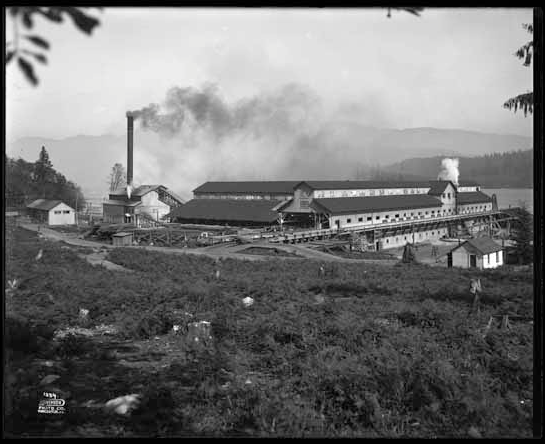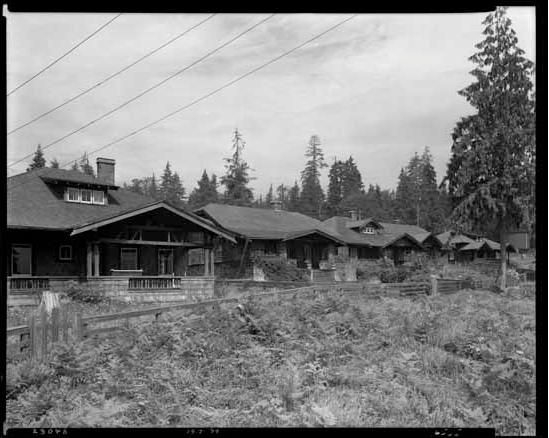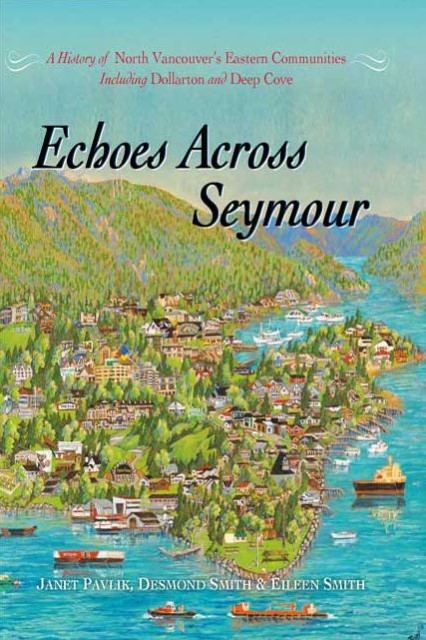If you’re looking for something a little different, skip Quarry Rock, Honey’s Donuts and the ice-cream shops of Panorama Drive and head to Cates Park.
There’s a ton of history spread over the six kilometres of waterfront park.

Robert Dollar:
In 1916 a San Francisco-based lumber baron named Robert Dollar bought 100 acres and built a huge mill at the bottom of what’s now Dollar Road. There were no roads leading into Dollarton, no bridge spanning the Second Narrows, and no regular ferry service. Dollar built a wharf for his ships and a town for his employees with a post office, gardens, community hall, church and school. He rented houses to his employees for $15 a month.
The Dollar Mill operated until 1942.

The Mill:
See that strange cement structure in Little Cates Park? My kids thought it was a castle and used to play in it when they were little. Although it makes a great fort, it’s actually the remains of a waste burner and the only thing left to tell the story of the lumber mills that operated around Dollarton in the early part of the 20th century.

The mill changed hands a few times and closed permanently in 1929 at the onset of the Depression.
Squatter shacks started to pop up around Roche Point in the 1930s, and by the 1950s there were close to a hundred along the waterfront, many built on pilings and erected from wood and other materials scavenged from the beach. There was no running water, no electricity and no heat. The most famous of the squatters was Malcolm Lowry, author of Under the Volcano among others. His shack was one of the last holdouts–all traces of the shacks were destroyed by 1957.
If you look out over Burrard Inlet you can still see the same view that Lowry looked out on more than 50 years ago—the Burnaby oil refinery that he hated—has been there since 1932.

© All rights reserved. Unless otherwise indicated, all blog content copyright Eve Lazarus.




